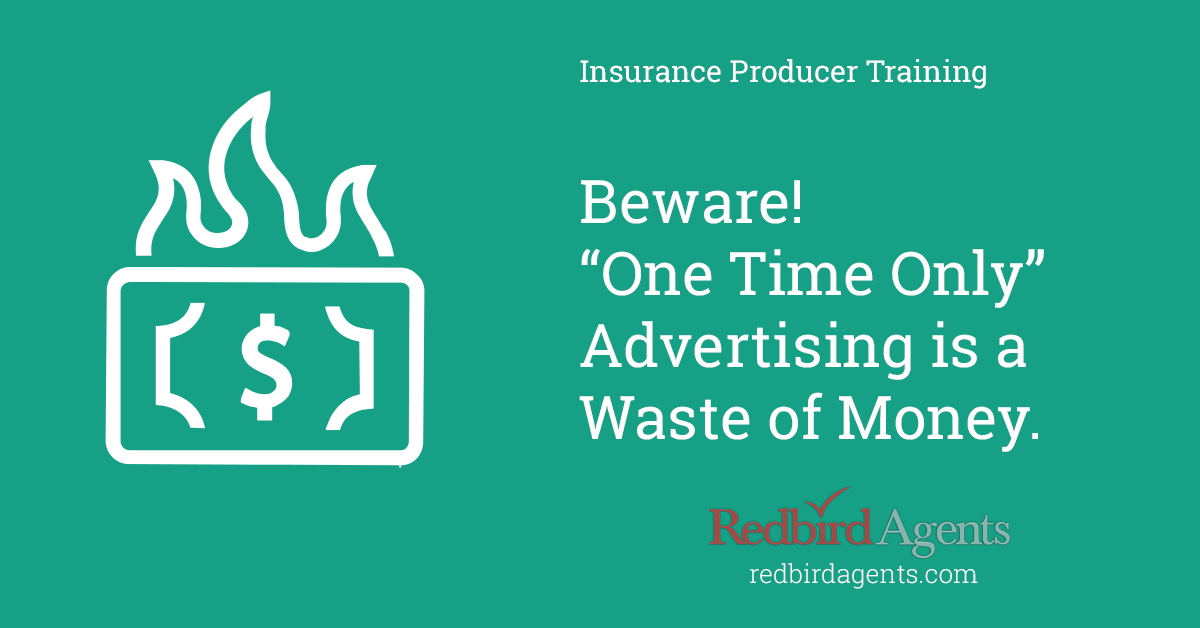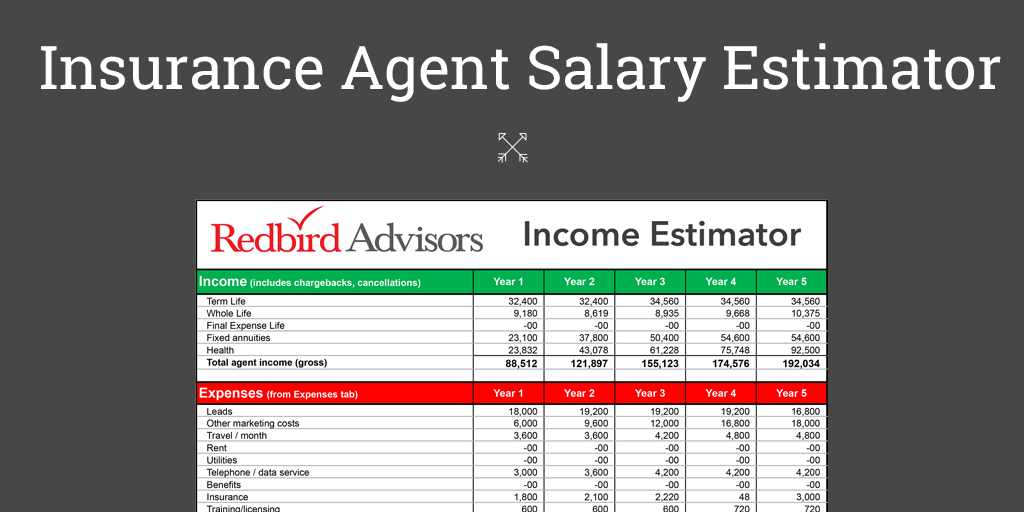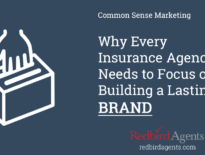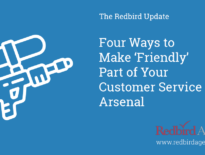
This has happened to all of us: You get a call from a local newspaper or magazine sales person that there are only a few spaces left for their upcoming La-De-Dah special edition.
They are coming to you because you’ve been such a great customer in the past. They say: “This edition will be of high interest to our subscribers and you will be missing a great opportunity if you don’t participate.”
That may be true… for them. However, you face a few important questions:
- What percent of their subscribers are your potential customers?
- Will your ad be placed near a subject that your potential customers will likely spend time reading?
- Will those subscribers spend enough time with that special edition to see your ad?
These are the same questions you should ask every time you evaluate an advertising opportunity.
However, the elephant-in-the-room question is can one ad produce results?
Science is not in your corner on this one. In this case, we are talking about a print ad, but the concept extends to all types of media, including the Internet.
Effective Reach and Frequency: Without This You are Wasting Your Money.
Effective advertising—traditional or digital—is built on a foundation of effective reach and frequency: How many people will be exposed to the message and how many times will it take for them to be aware of it? In our example of print advertising:
- Reach is the number of subscribers who will be exposed to the message once. It does not mean they will read it.
- Frequency is the number of times subscribers are exposed to the message. In effect, it’s the magic number of how many times you need to run the ad to ensure it has effectively reached your audience.
There is one thing I am 99.9% sure of: Effective frequency is not one-time-only.
The reason I’m not 100% sure is because there are a handful of examples over the last 50 years that have beaten the odds; most well-known is Apple’s ad to introduce the Macintosh at the 1984 Super Bowl. Apple ran the ad one time, and it still ranks as one of the most effective ads in history.
Then again, it was the Super Bowl.
If Watering a Seed One Time is a Bad Idea, Then…
Back to your dilemma: Is running one ad a good idea?
I ran across a great article at Businessknowhow.com that said it all: Reach without frequency = wasted money. The article went on to say: “Seth Godin in his book Permission Marketing uses an analogy of seeds and water to demonstrate the importance of assuring adequate frequency in your promotional campaigns. If you were given 100 seeds with enough water to water each seed once would you plant all 100 seeds and water each one once or would you be more successful if you planted 25 seeds and used all of the water on those 25 seeds?”
So, is there ever a situation where one ad could work (assuming you can’t afford to advertise on the Super Bowl)?
We have a client today who has been in the retail business for more than 30 years and has slowly backed away from local print advertising. However, he is still approach three to four times a year to participate in special local print editions.
On his last opportunity we gave him a slightly different answer than our standard answer of “no”. I said to him: “If they will give you a full page and you’re willing to offer something extraordinary then it might be worth considering.”
It was the advertising version of go big or go home.
To outsmart the science of reach and frequency, he needed a large presence with a bigger-than-life offer. I was thinking he give something away (his average sale is $1,300), or at least give a large discount… larger than he was comfortable with.
Well, a full-page ad was cost-prohibitive to start with (and I knew that). Pile on that fact that a breakthrough offer would likely cost him even more money was the final straw.
He didn’t run the ad.
Does the One Time Only Concept Apply to the Internet, and How Does it Impact Insurance?
Yes. Consumers still require being aware and interested in a product or service before they purchase. The Internet does not change that.
However, the Internet is transforming how effective reach and frequency occurs and who controls it.
It will have a significant impact on insurance.
Pre-Internet, advertisers held a significant advantage: The prospect consumed information about them on their schedule. And, the prospect had limited options to purchase. In insurance, they had to purchase from an agent.
Other than the power to not pull out their checkbook or credit card (not insignificant, I know), the prospect had little control of the purchase process.
It would be a galactic understatement to say everything has changed today. While the Internet gives us more access to more information, its real gift to the consumer is the capability to seek information through search, whenever they choose, not when the advertiser chooses.
The baton of power has been handed to the consumer.
How Can Insurance Agencies Effectively Reach Prospects on the Internet?
Being a little overly-simple to make a point, insurance agents and agencies have two broad ways to grow their business in the new world of marketing:
- Advertise. The Internet offers many interesting and effective ways to reach prospects today. And, the ability to track effectiveness improves, it seems, by the day. What the Internet hasn’t changed about advertising, however, is that it is perishable. No matter how effectively the Internet helps you target prospects, when the ad is gone, it’s gone. It’s no different than print or television advertising. You must continually feed the beast.
- Content. This is how insurance agencies will create competitive advantage. Your place in the competitive pecking order will be determined by your ability to prove your expertise to a savvy prospect who wants to know how smart you are before they ever speak to you. In effect, they will now control effective reach and frequency based on the quality of information on your website.
Redbird believes a strategy that leans primarily on content with advertising as a secondary support channel will be what the long-term leaders in the insurance business will employ.
It’s what we at Redbird do, and it is what we tell our clients.
Let me know what you think.


